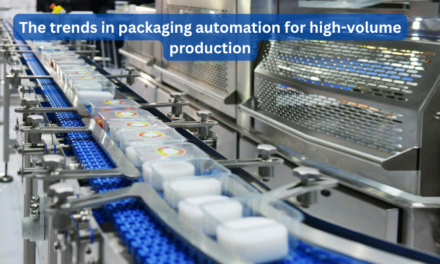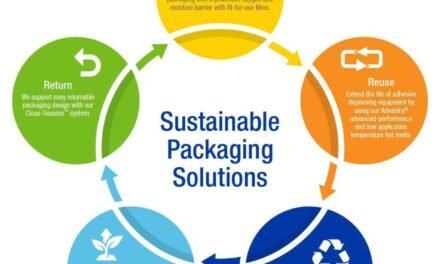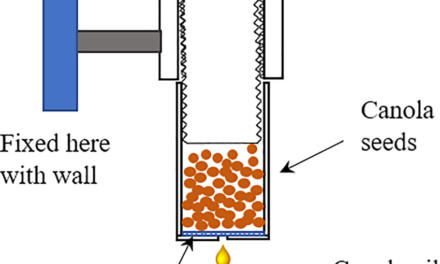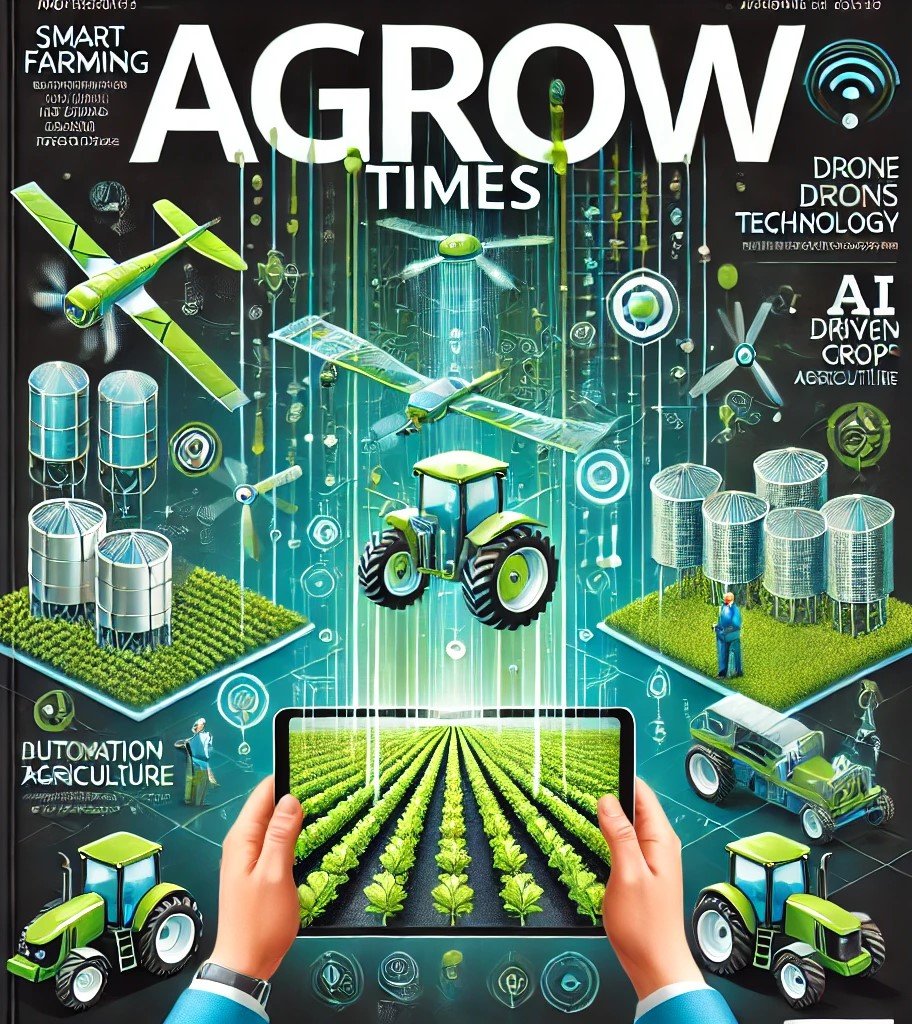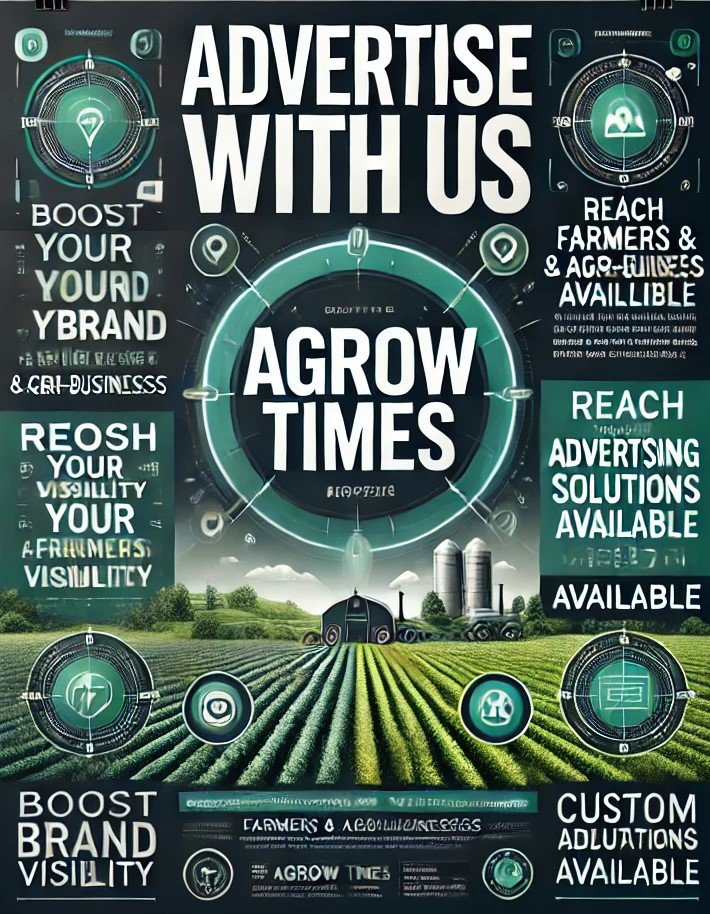1. Pre-Milling Preparations
Proper Harvesting
- Harvest at the right time to ensure grain maturity and minimize damage to rice kernels.
- Maintain moisture content in paddy between 18-20% for proper threshing and reduce breakage during milling.
Effective Drying
- Dry paddy to the optimal moisture content (12-14%) before milling to reduce kernel breakage and maintain quality.
- Use uniform and controlled drying methods like mechanical dryers to avoid uneven drying or over-drying.
Cleaning
- Thoroughly clean paddy before milling to remove stones, dust, and impurities that can damage milling equipment and reduce output quality.
2. Use of Advanced Milling Technology
Modern Milling Machines
- Upgrade to rubber roll hullers or modern milling machines for better husking efficiency and reduced kernel breakage.
- Use abrasive or friction-type whiteners for precise bran removal.
Multi-stage Milling
- Implement multi-stage milling systems that combine dehusking, whitening, and polishing stages to improve efficiency and reduce losses.
Automated Milling Systems
- Employ automated systems with real-time monitoring to adjust settings for optimal milling conditions, reducing human error.
3. Optimize Milling Settings
Adjust Equipment Parameters
- Calibrate roller pressure, blade clearance, and feed rate according to paddy variety and moisture content.
- Ensure proper alignment and balance of milling components to prevent uneven milling.
Control Temperature
- Maintain ideal operating temperatures to avoid overheating, which can crack grains and affect quality.
4. Parboiling (Pre-milling Treatment)
- Parboiling strengthens rice kernels by gelatinizing the starch, reducing breakage during milling.
- Properly soak, steam, and dry paddy before milling to achieve a better milling yield.
5. Quality Paddy Selection
- Use high-quality, uniformly sized paddy to ensure consistent milling performance.
- Avoid immature, damaged, or pest-infested grains that reduce milling yield.
6. Equipment Maintenance
- Conduct regular maintenance and servicing of milling equipment to prevent inefficiencies caused by wear and tear.
- Replace worn-out parts such as rollers, blades, and screens to maintain optimal performance.
7. Training and Skill Development
- Train operators on best practices in handling and operating milling machines.
- Educate farmers and processors on pre-milling practices, such as drying and cleaning.
8. Grain Grading and Separation
- Pre-grade and separate grains by size and shape to reduce pressure on the milling equipment and improve uniformity in processing.
- Use pre-cleaners and separators to remove undersized or oversized grains.
9. Monitor Milling Performance
- Implement monitoring systems to track key performance indicators (KPIs) such as milling yield, head rice recovery, and broken rice percentage.
- Regularly analyze milling data to identify areas for improvement.
10. Reduce Post-Milling Losses
- Ensure proper handling and packaging after milling to minimize physical losses and maintain quality.
- Store rice in dry, pest-free environments to preserve the quality of milled rice.
11. Integrate Technology
- Utilize AI-powered sorting systems for better separation of whole and broken grains.
- Implement IoT sensors in milling equipment to monitor performance in real-time and alert operators to inefficiencies.
12. Government and Industry Support
- Seek subsidies or grants for modernizing milling equipment.
- Partner with agricultural organizations to access resources and training programs.



